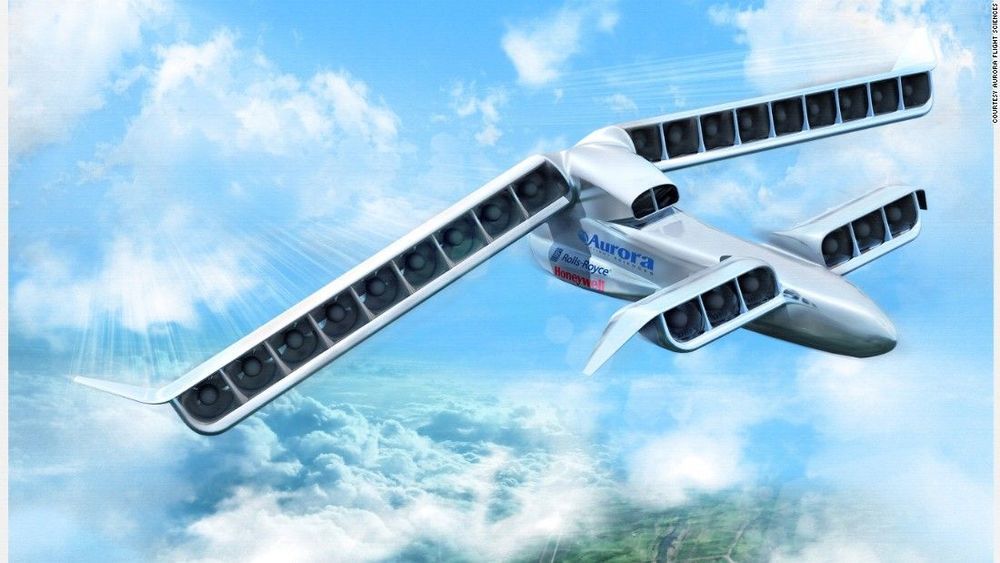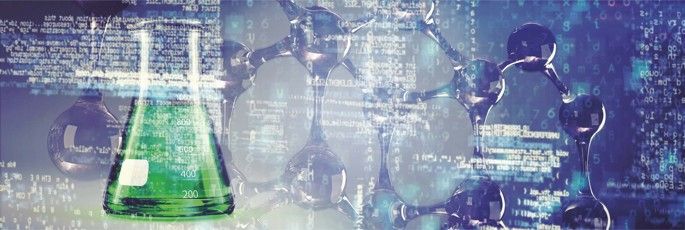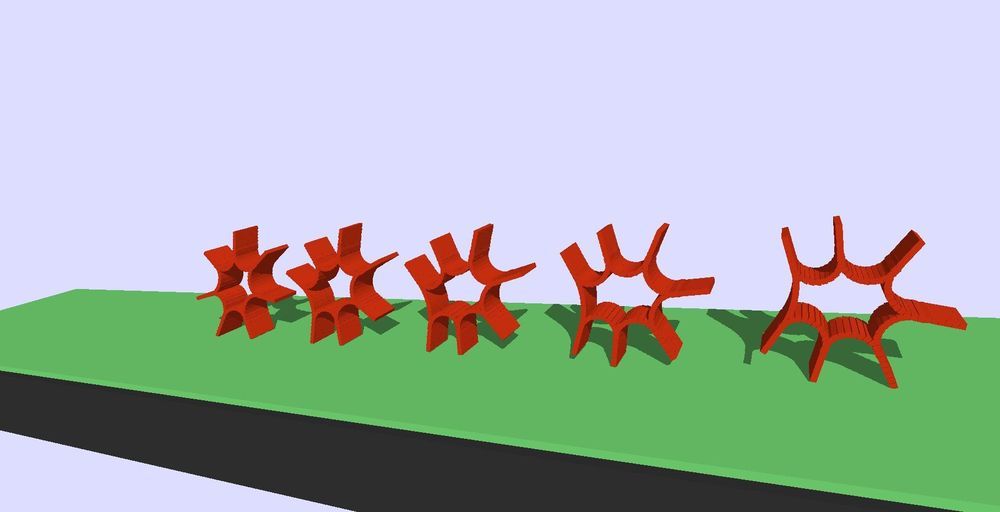No one has ever seen any airplane like this, except on computer animation. Now, some of the world’s top aeronautical engineers are going to build it for real.
The plan calls for constructing a six-ton unmanned, remote controlled plane the size of a business jet with 24 spinning propellers embedded in its huge moveable wings that allow it to magically hover in midair.
It’s an experimental airplane they call LightningStrike.









